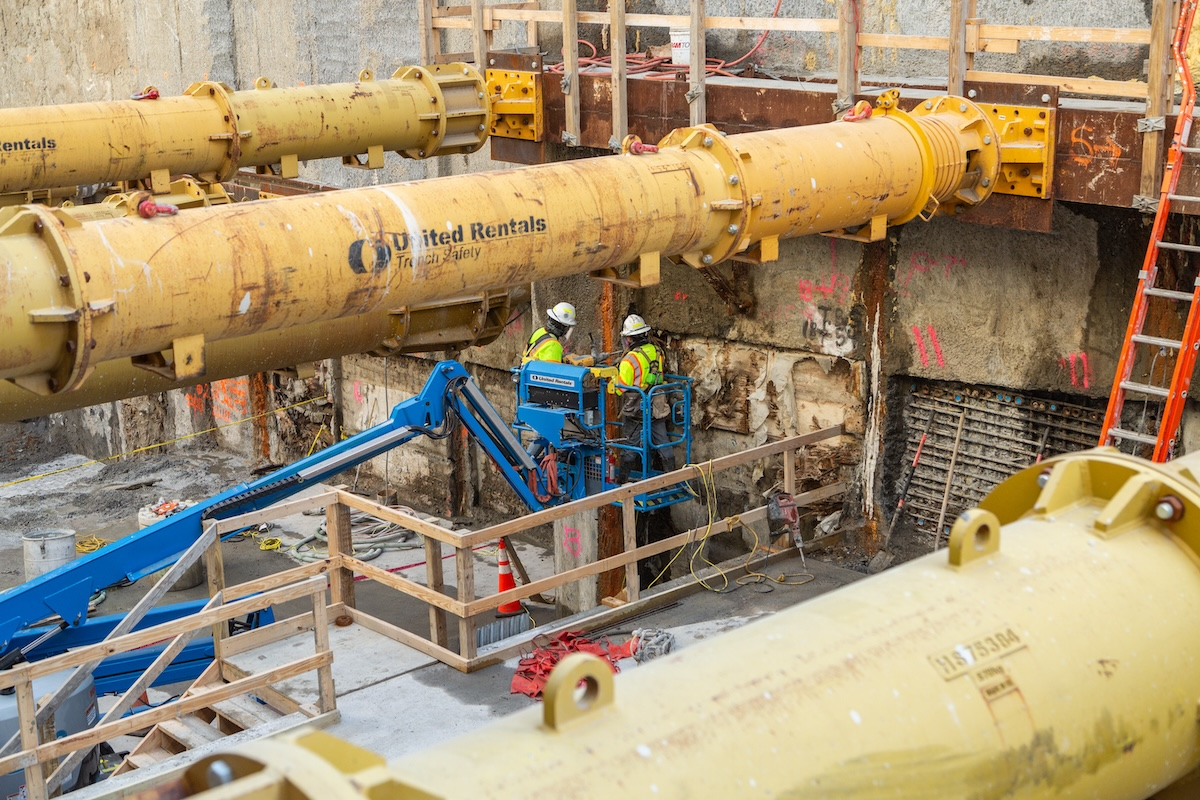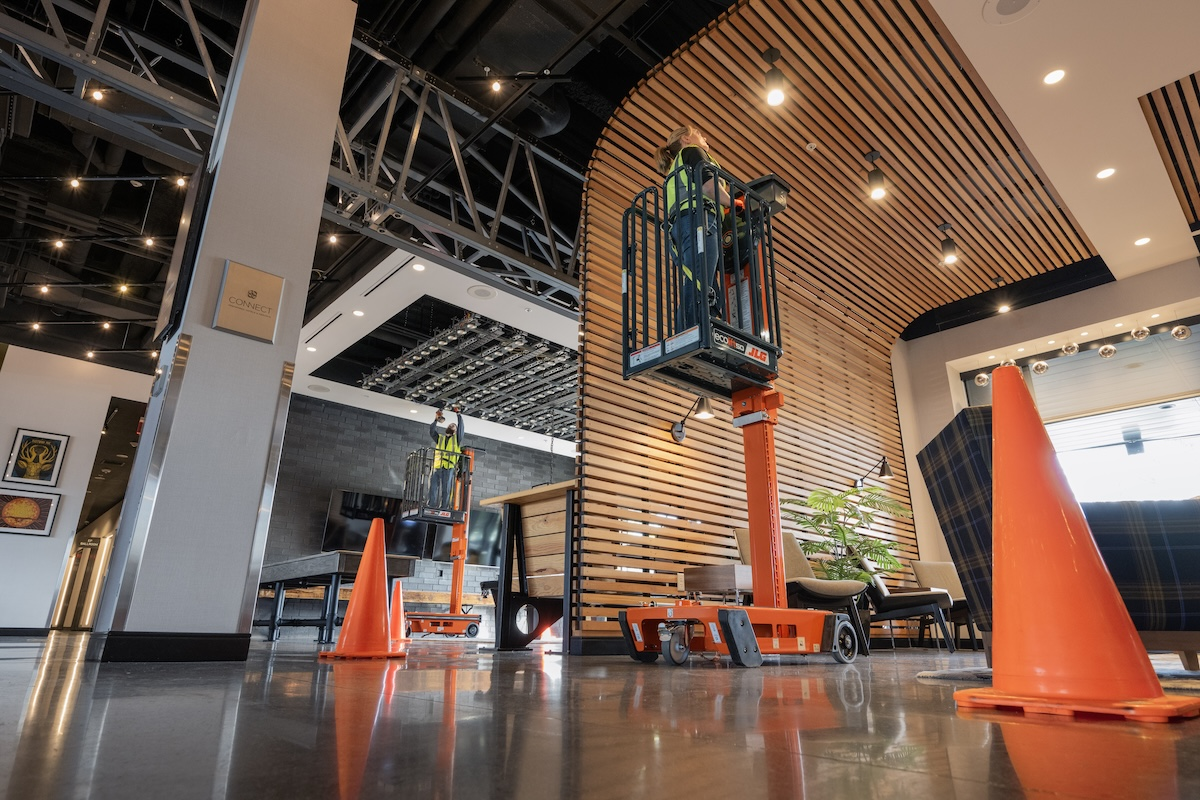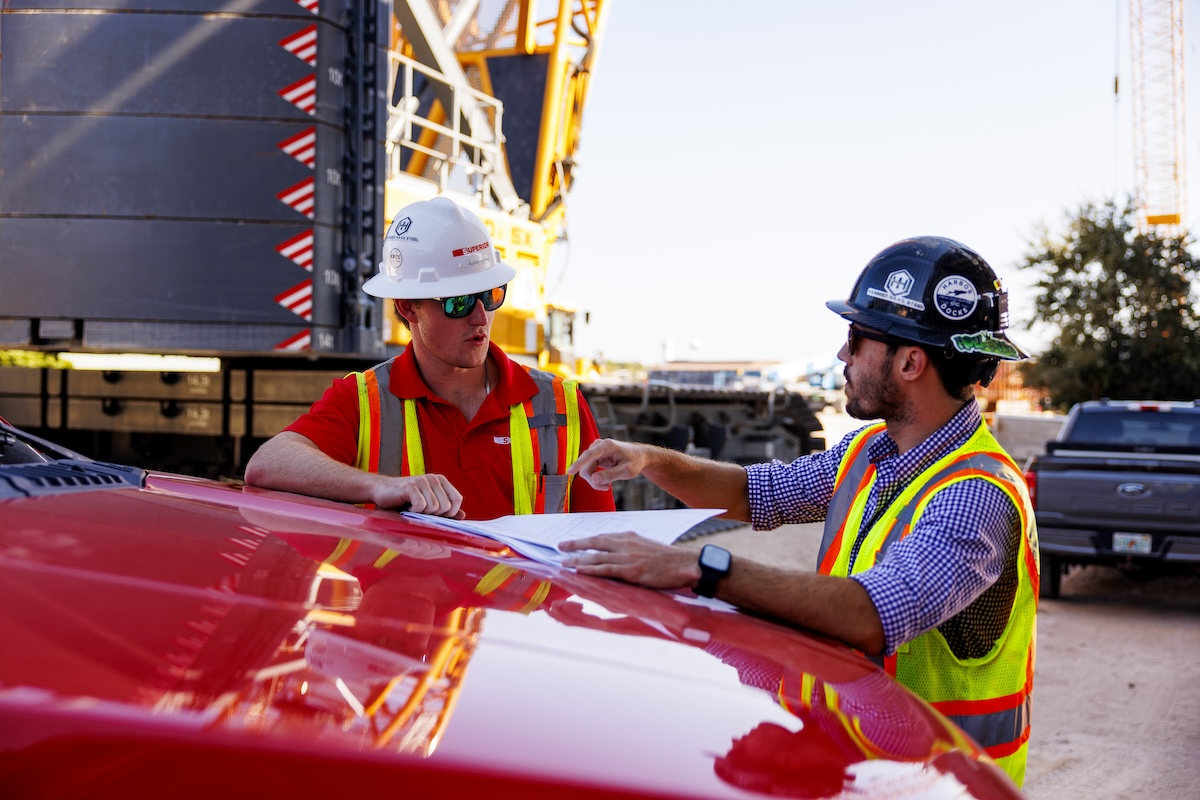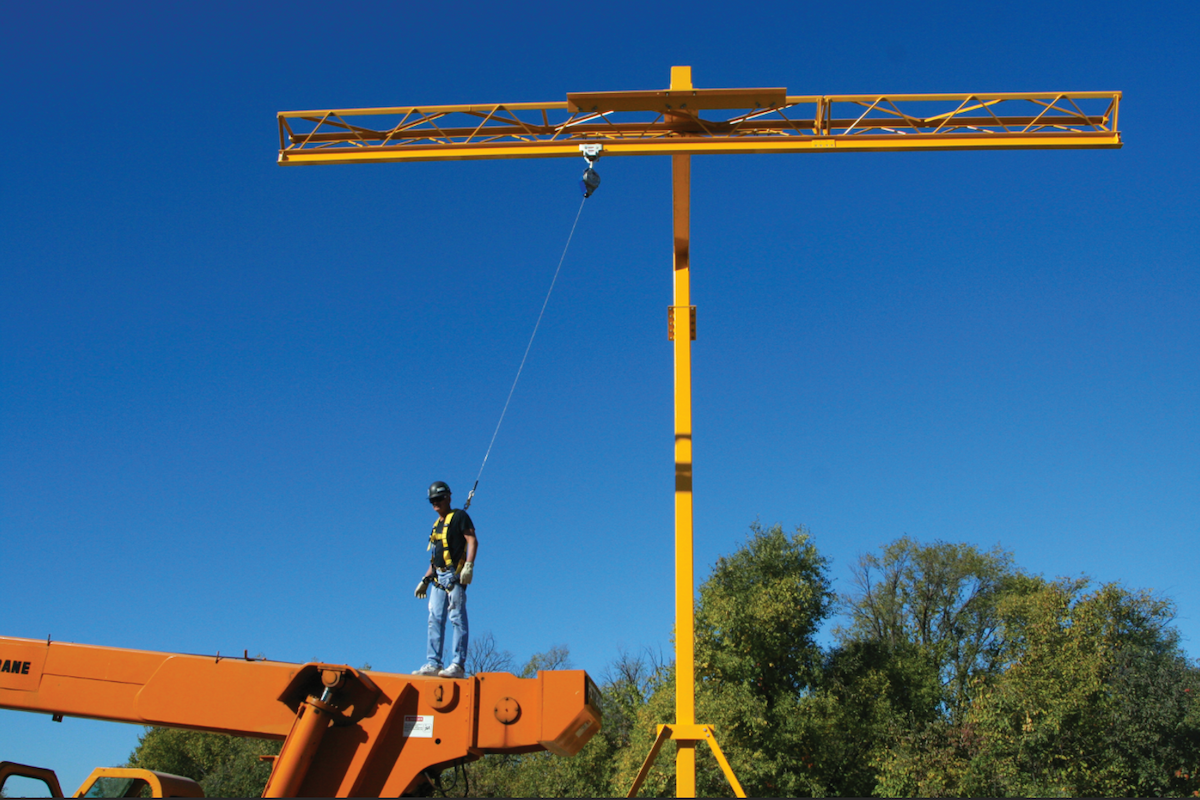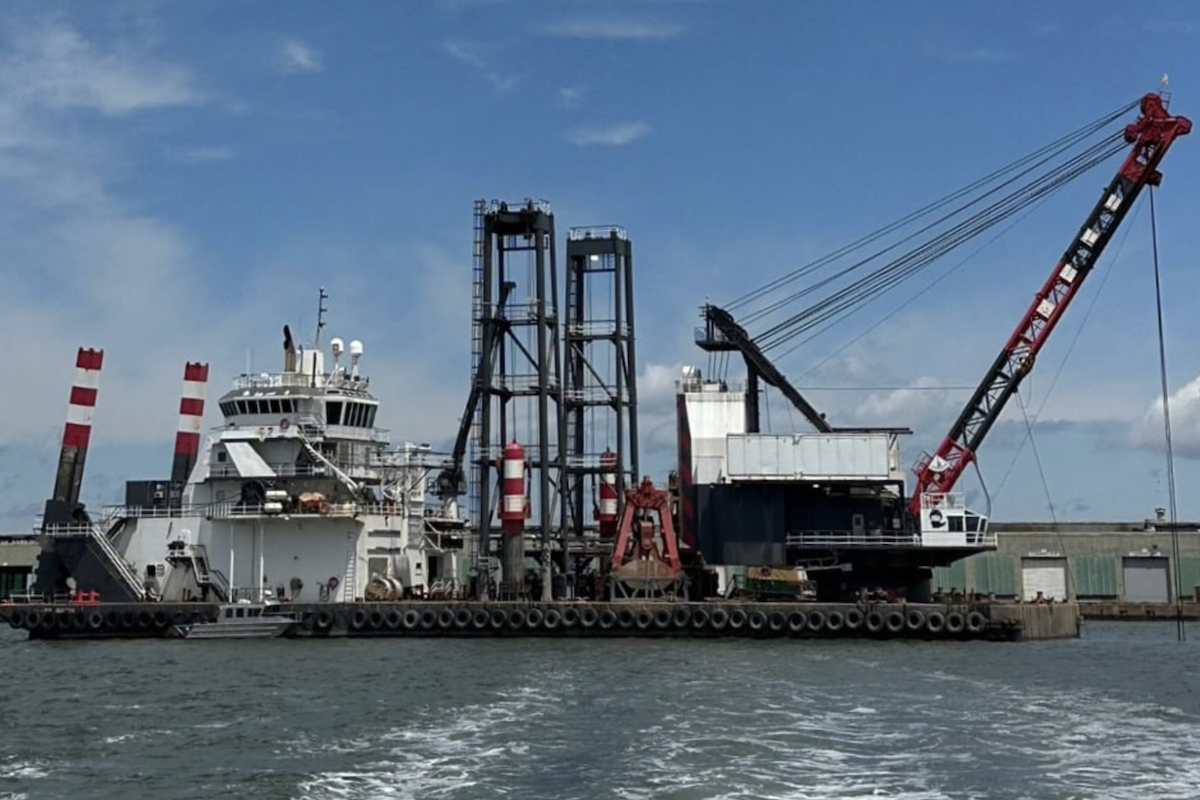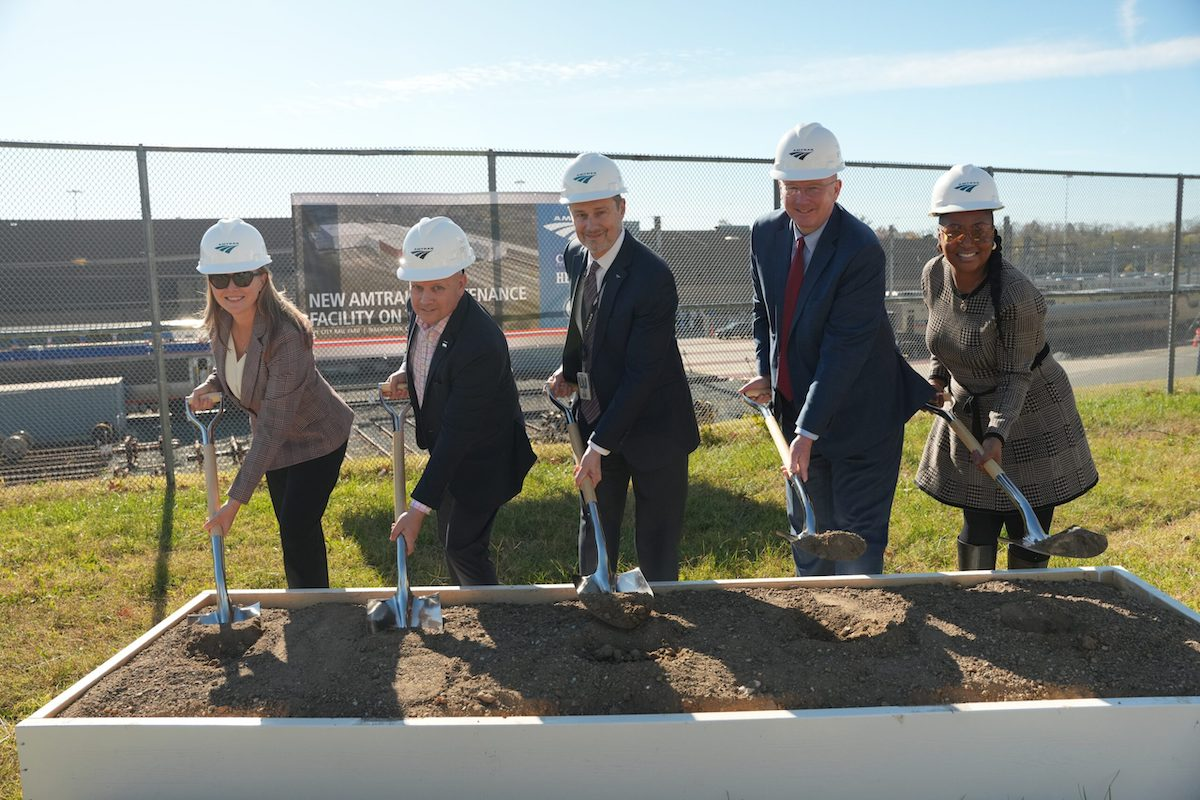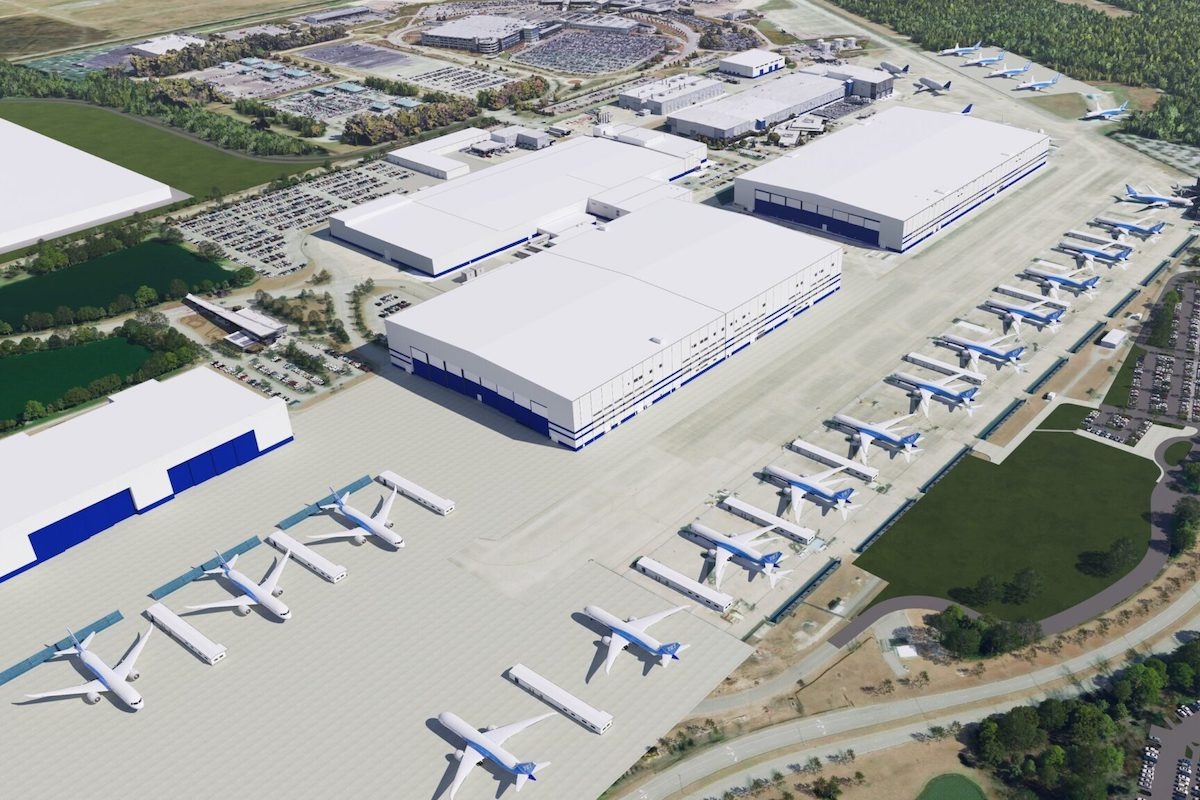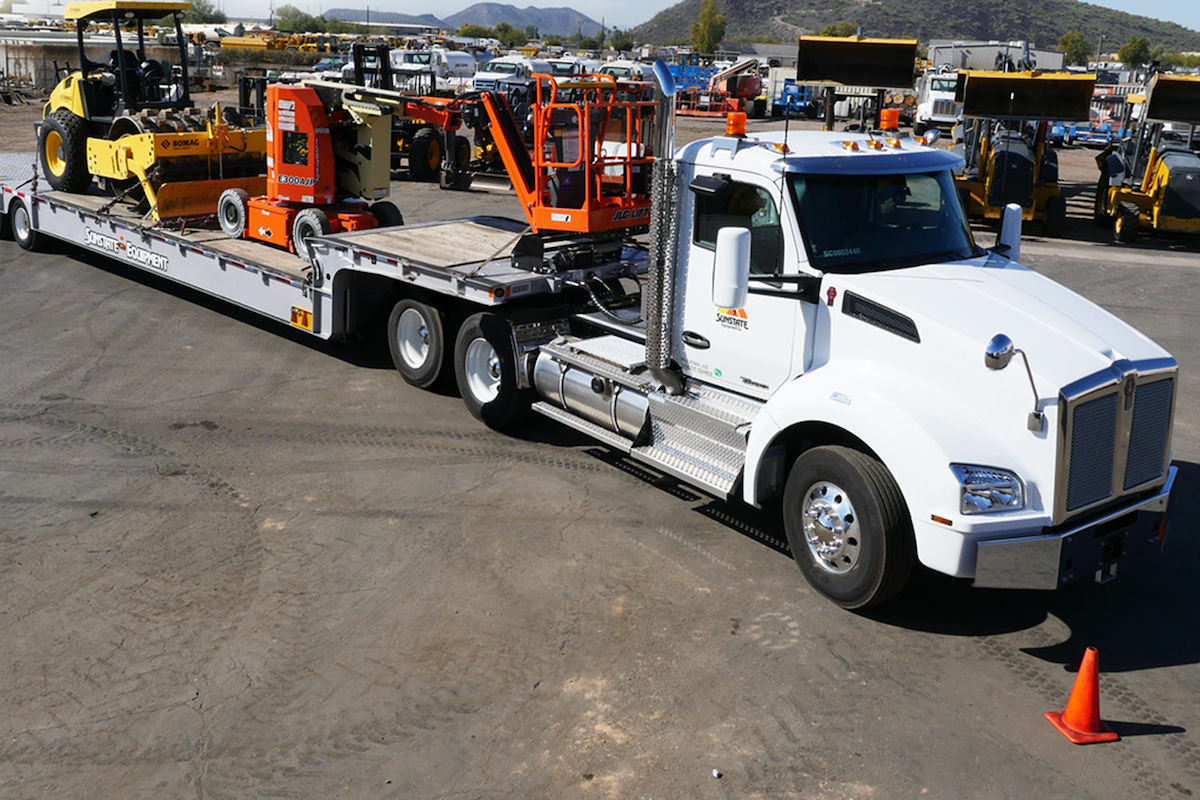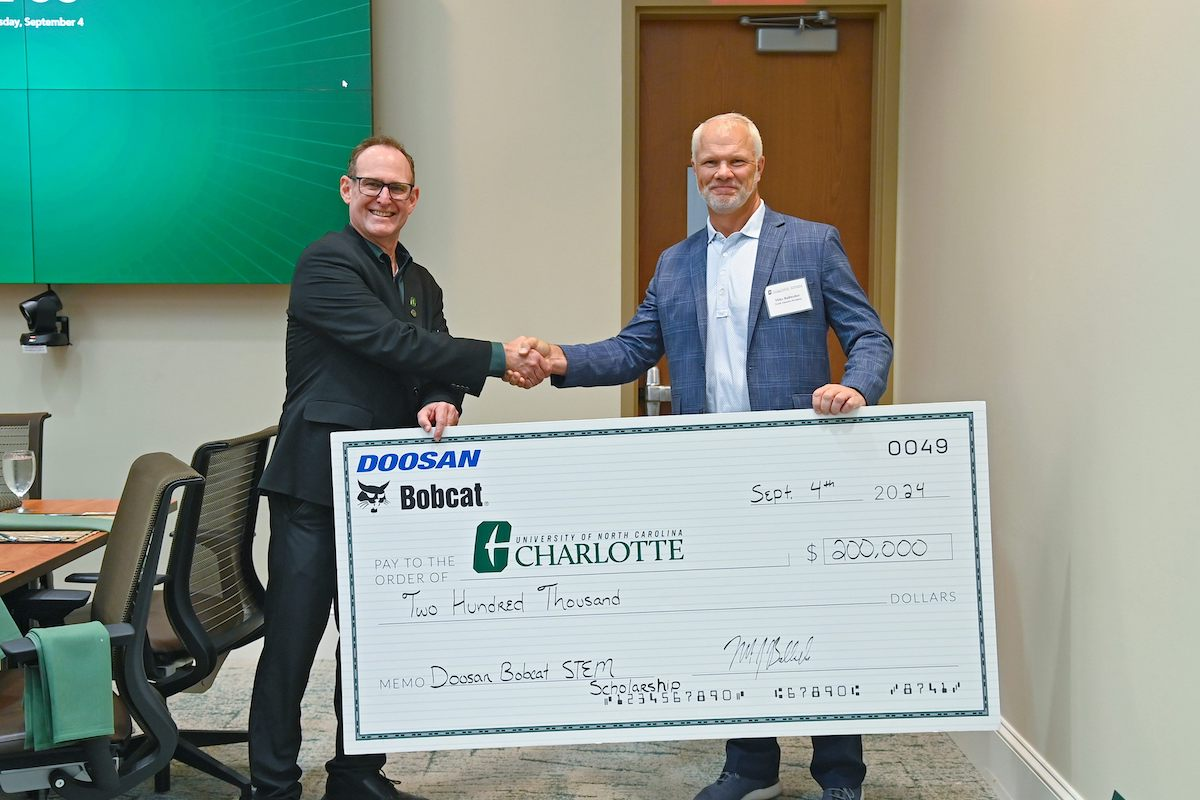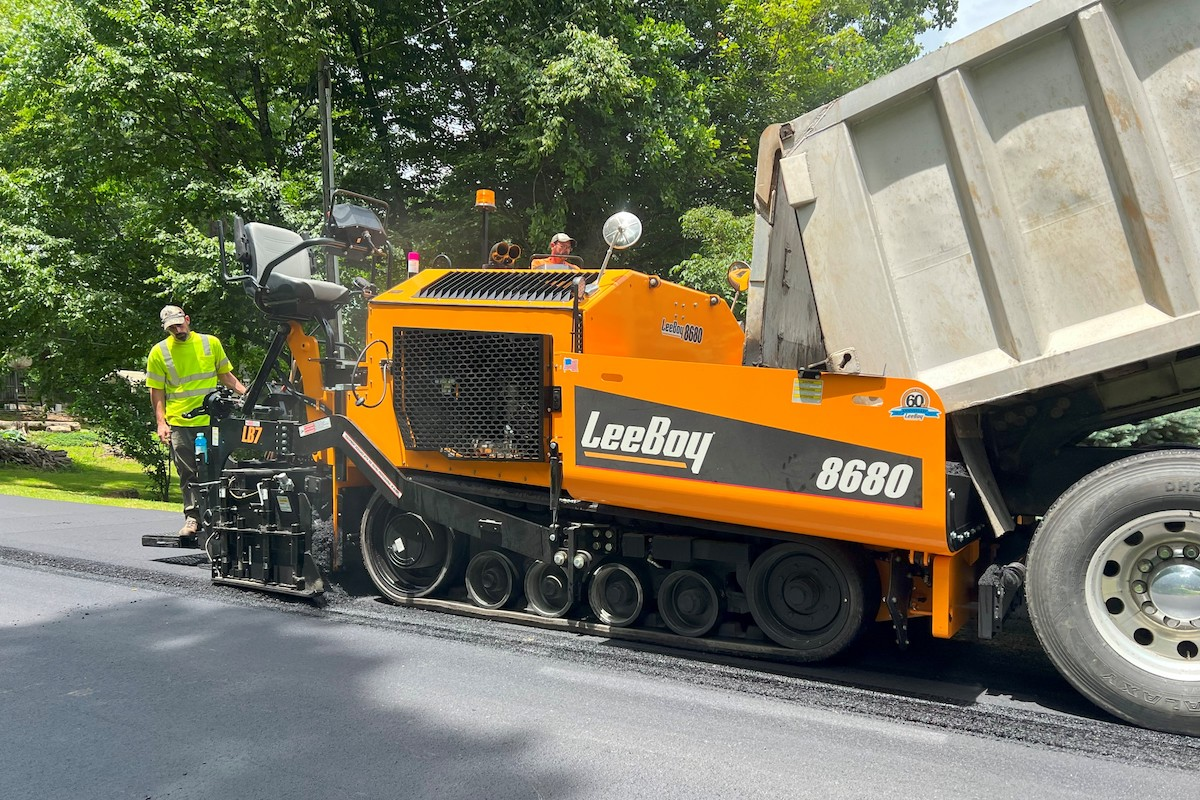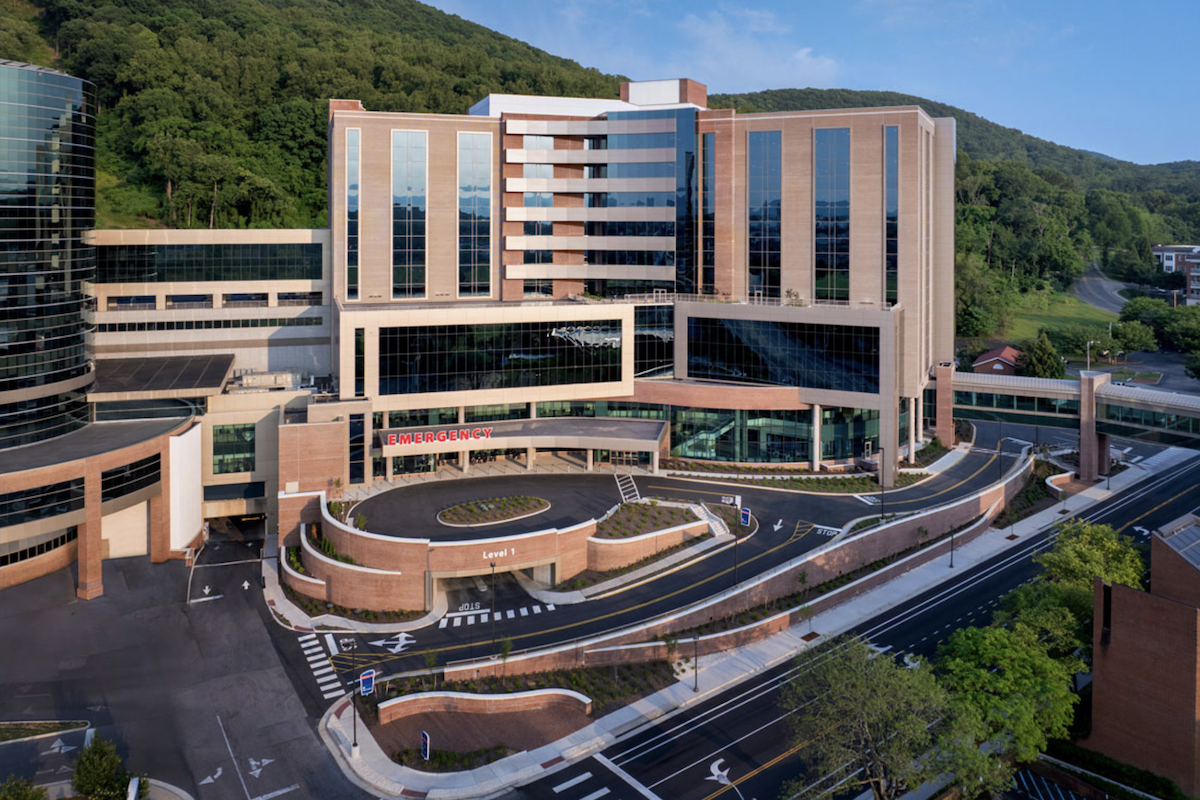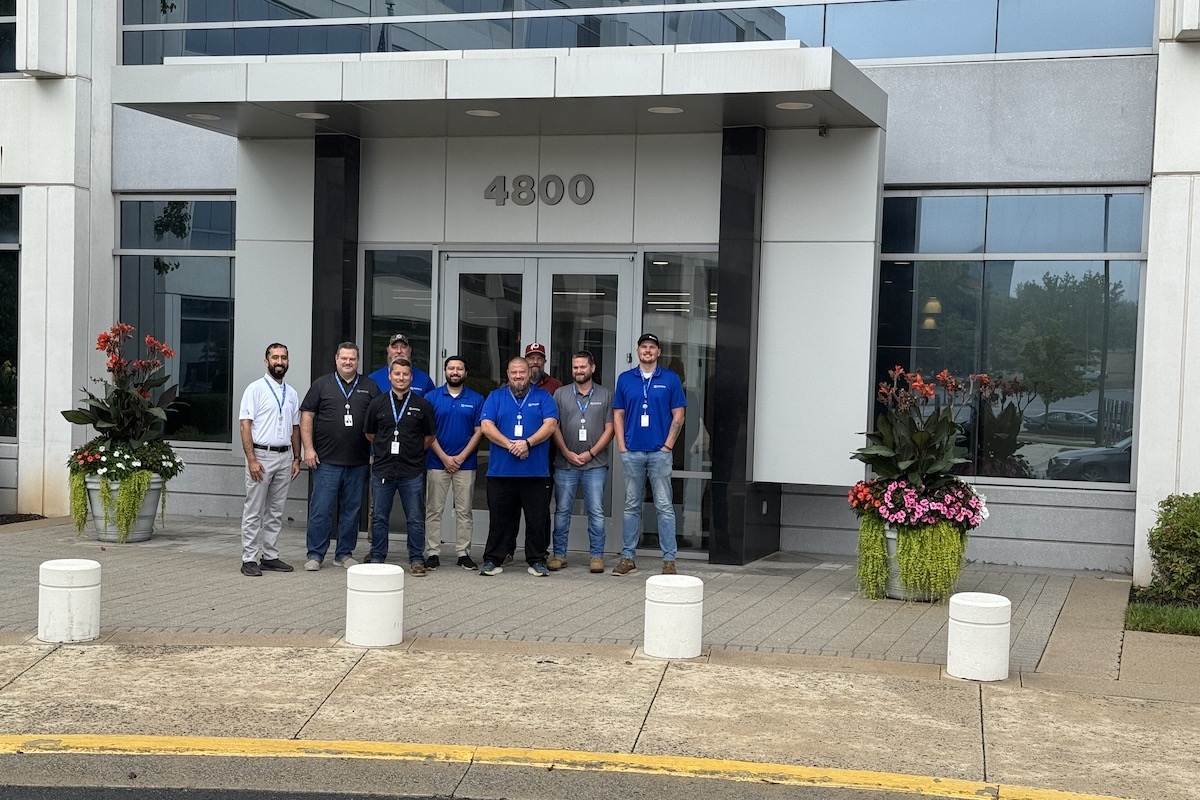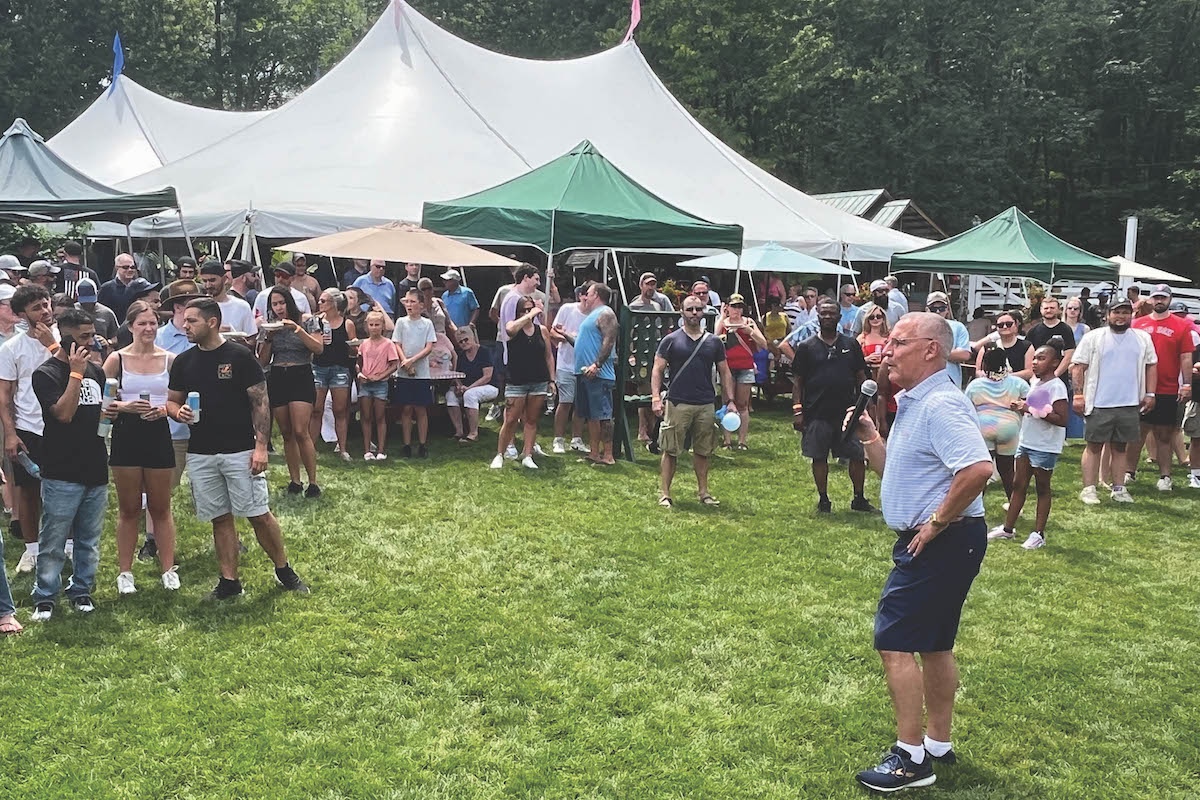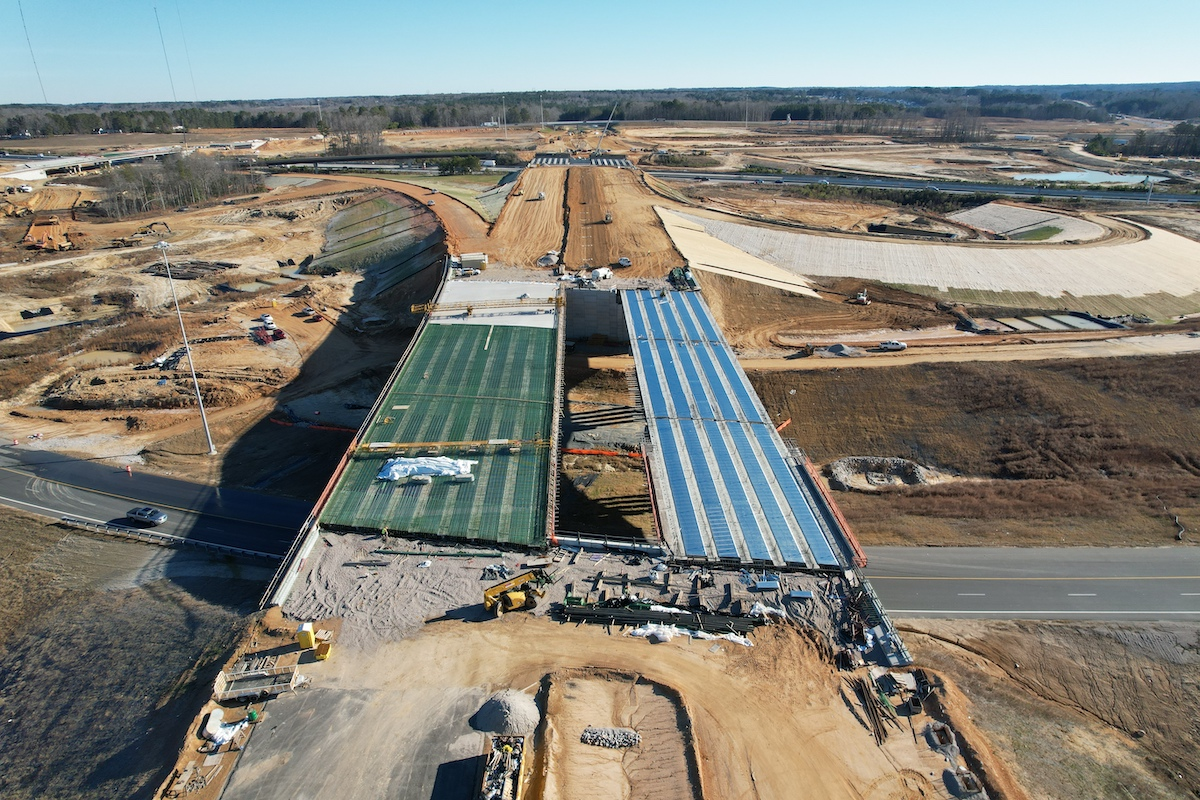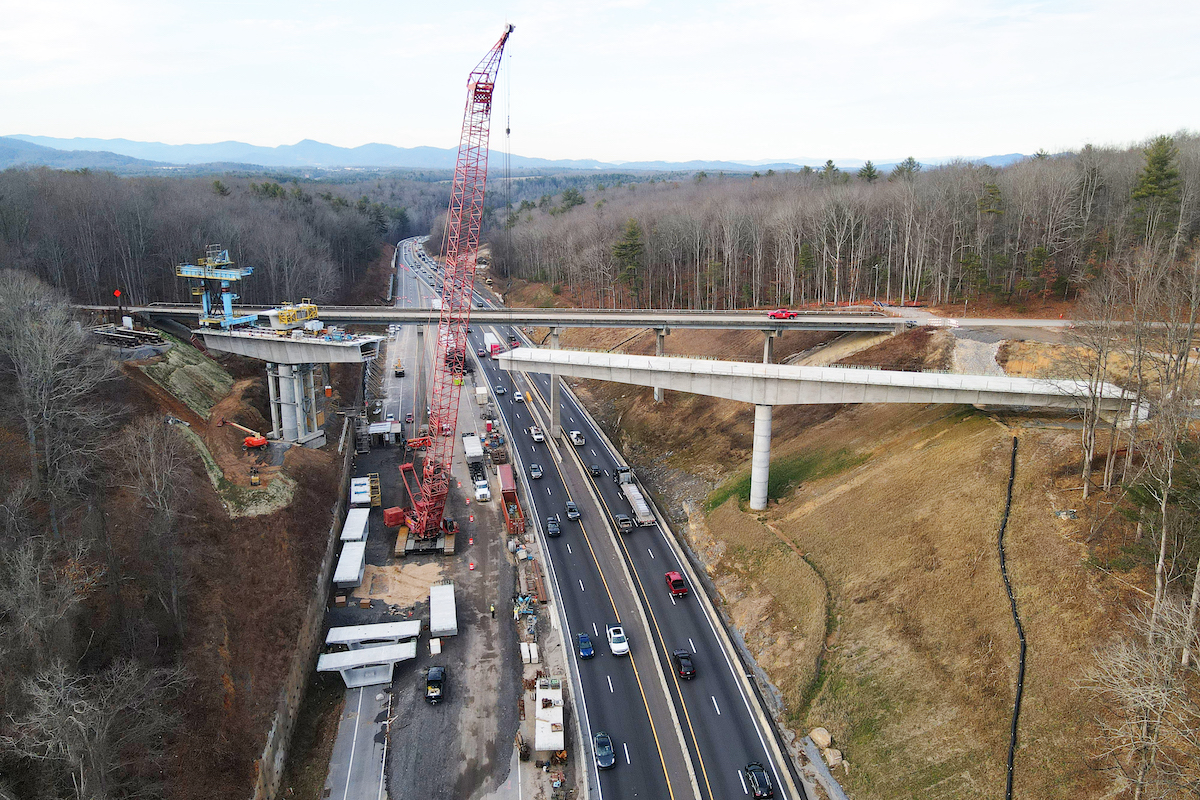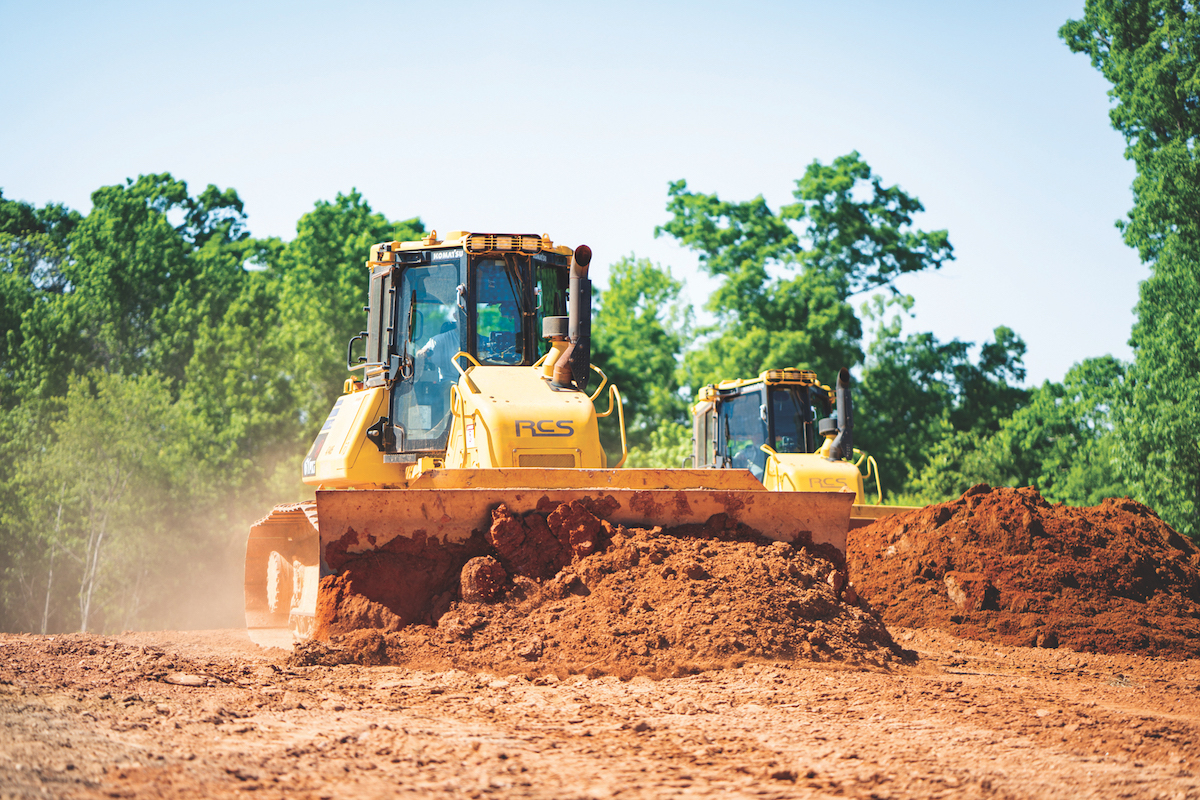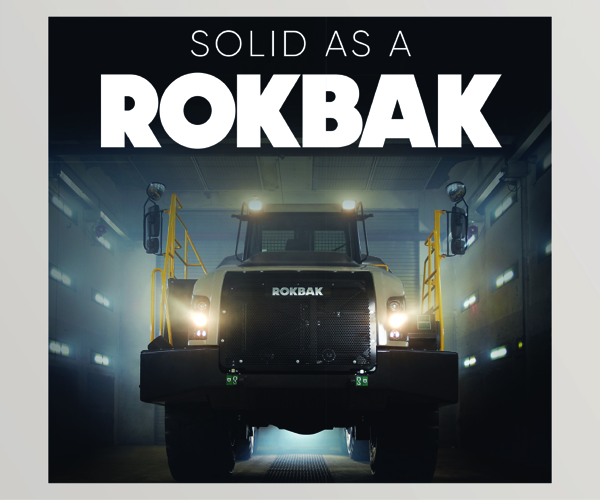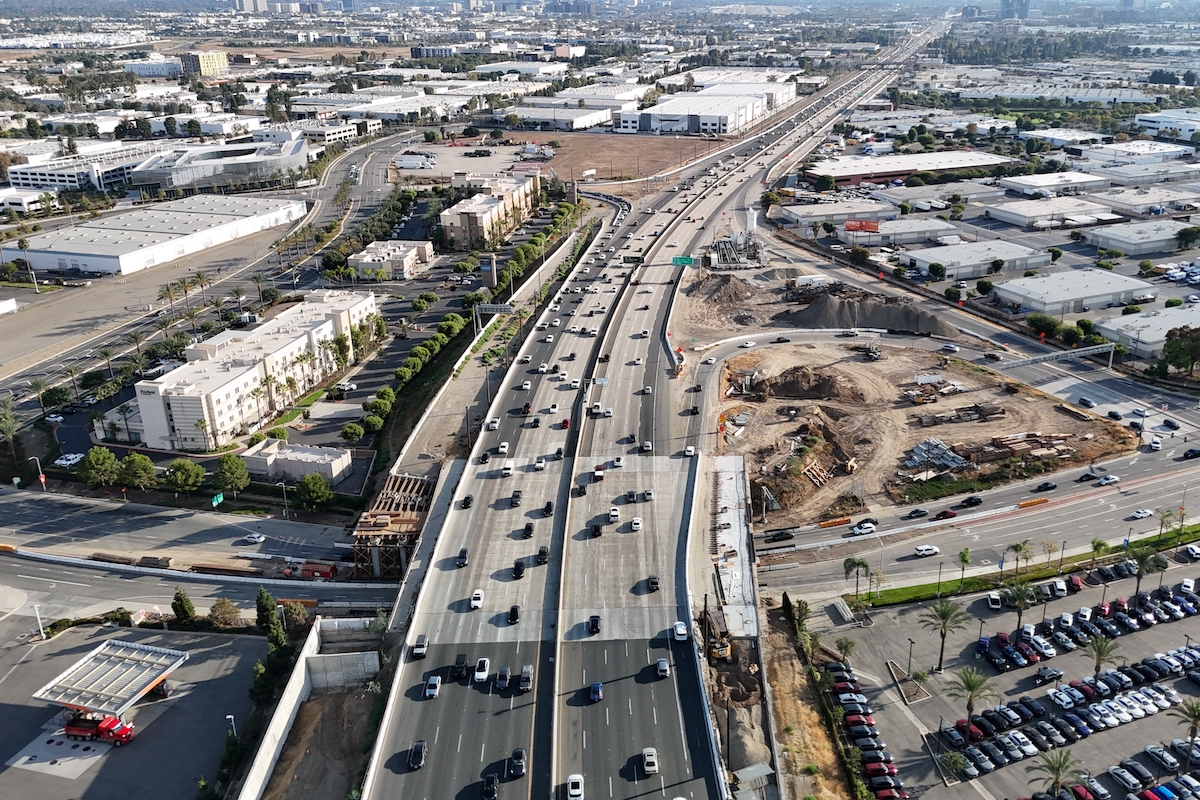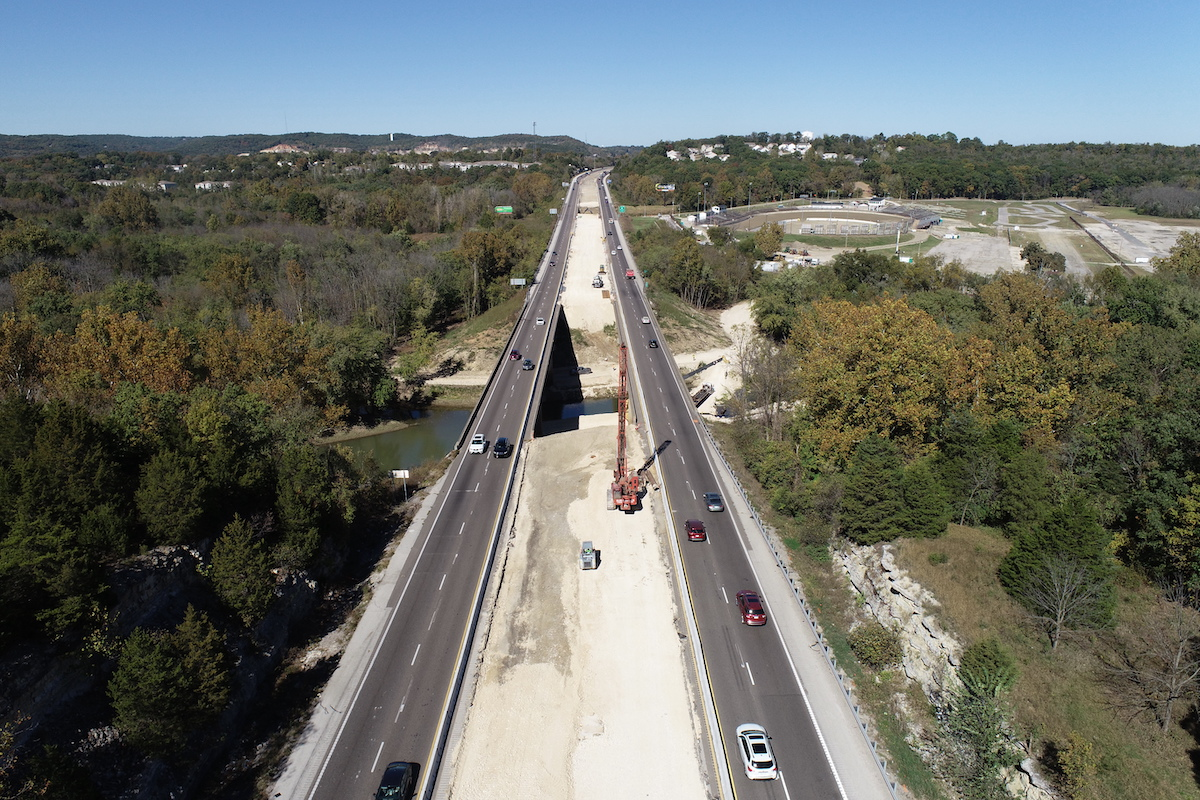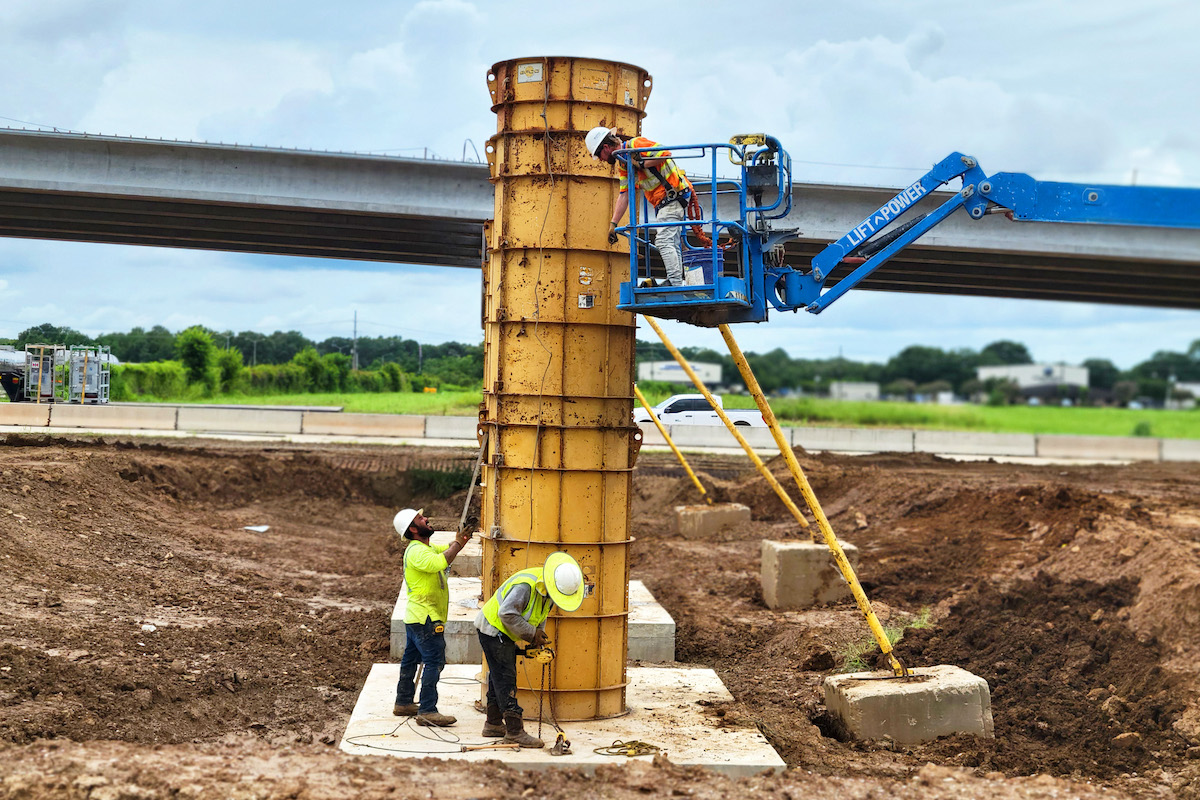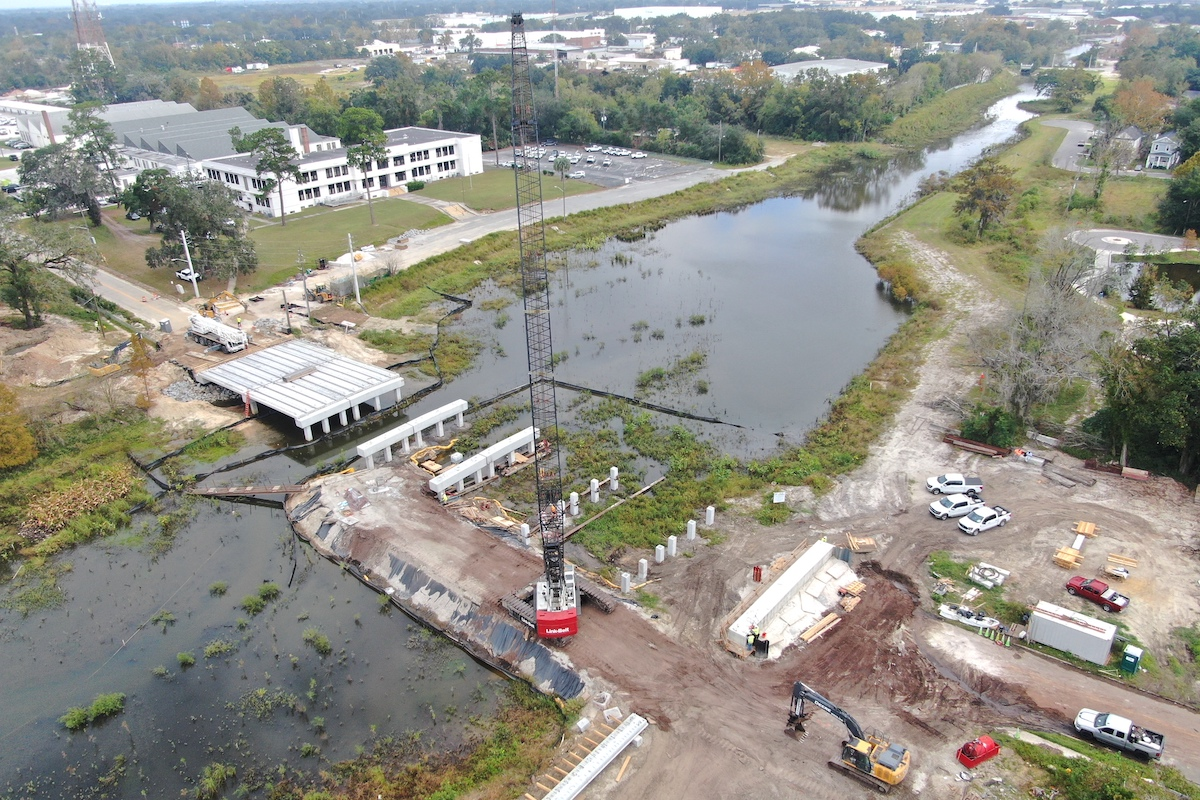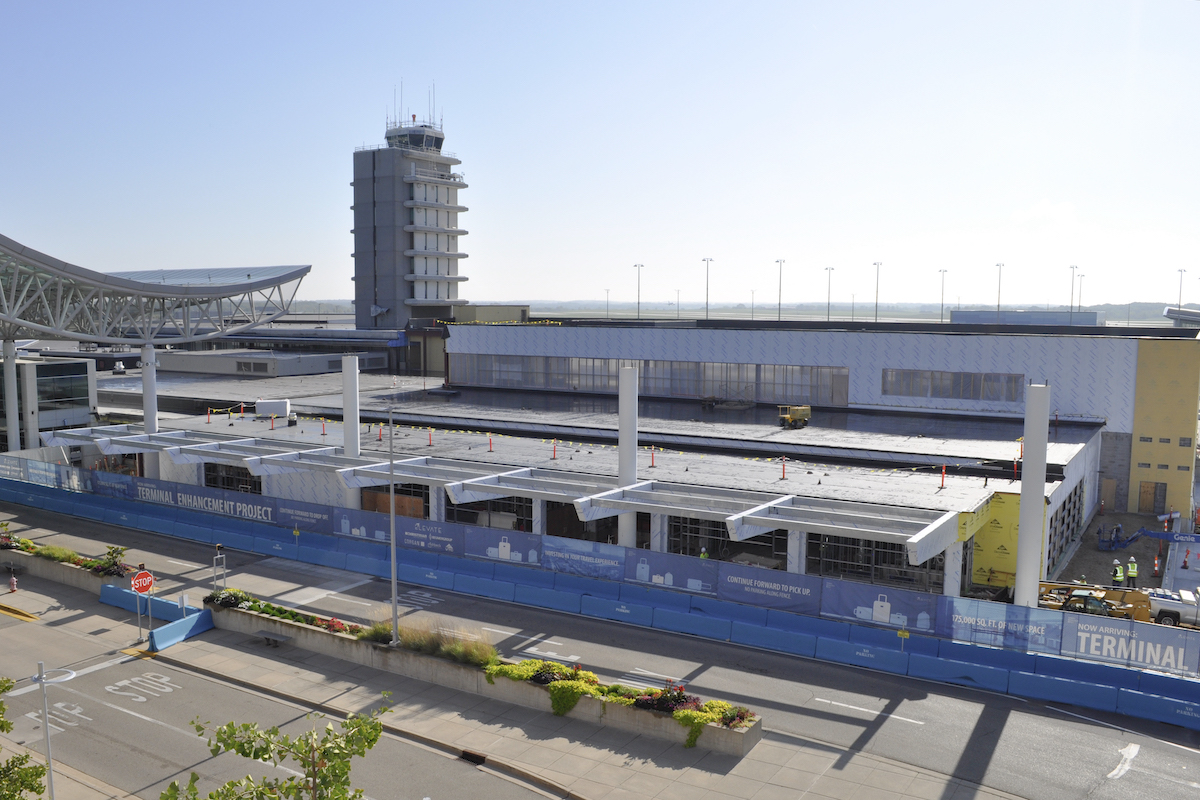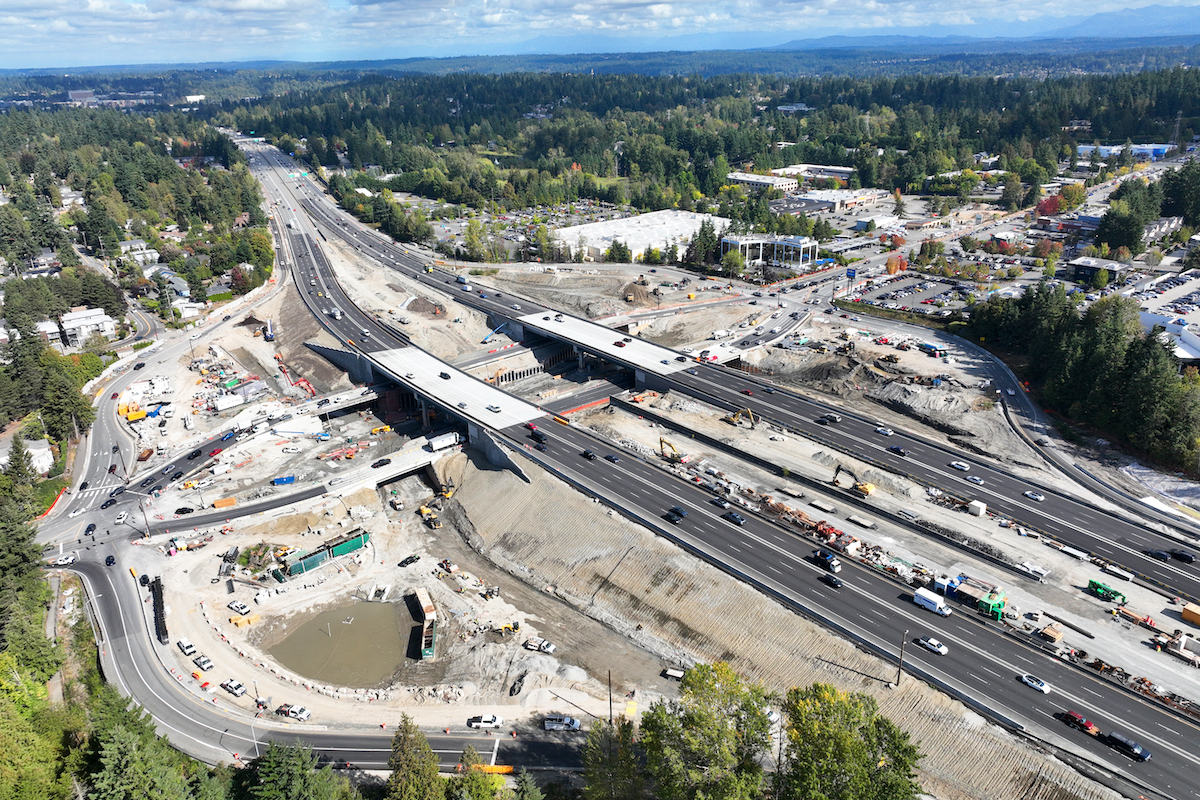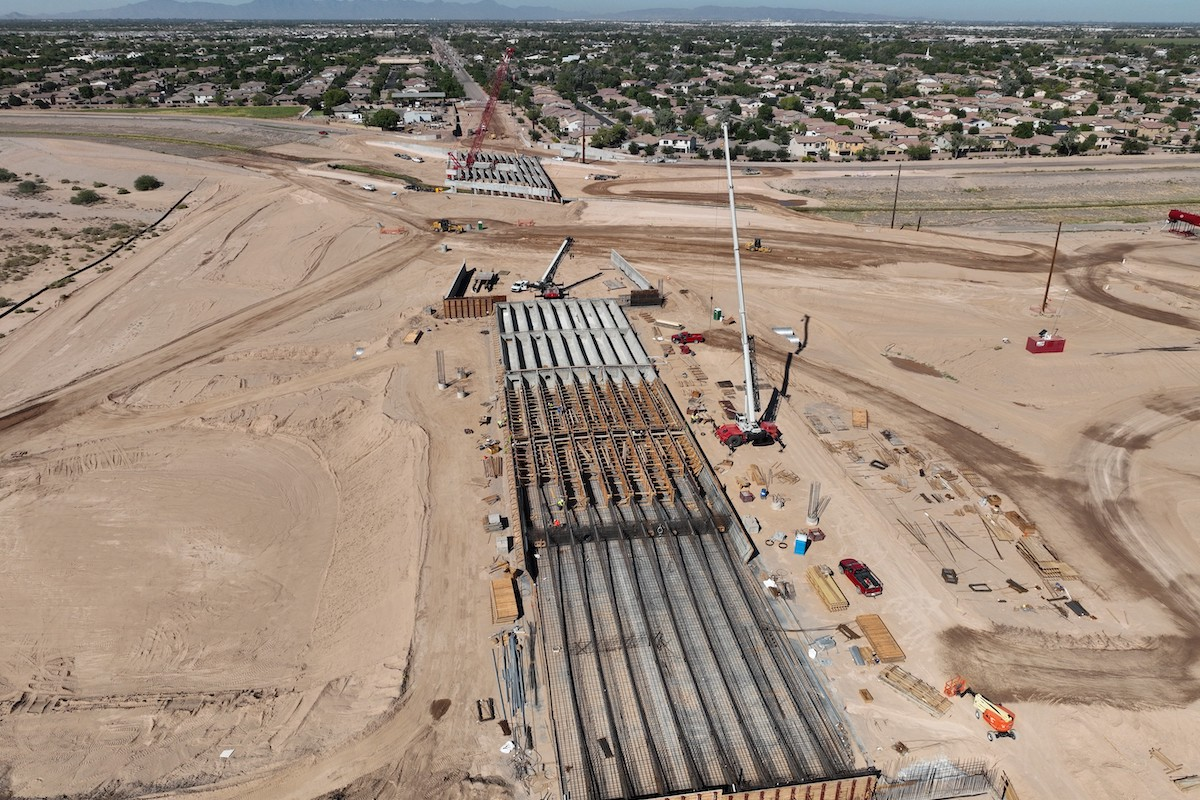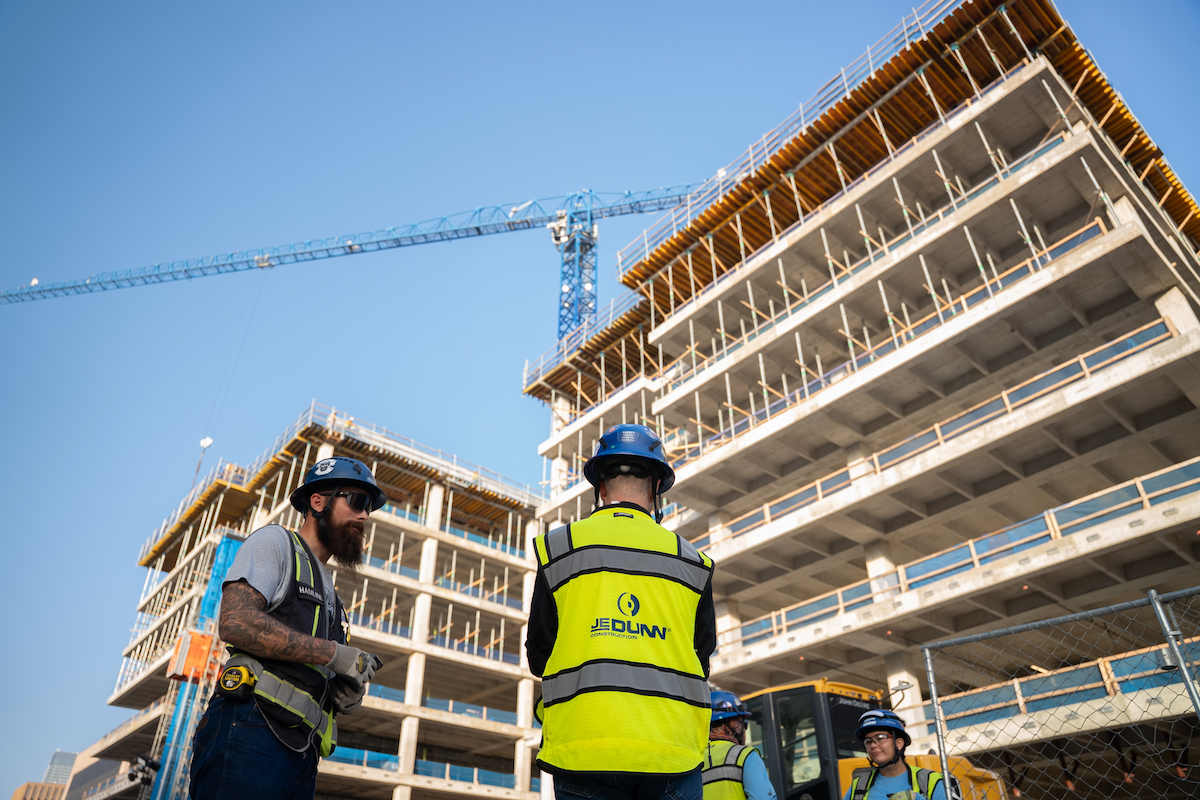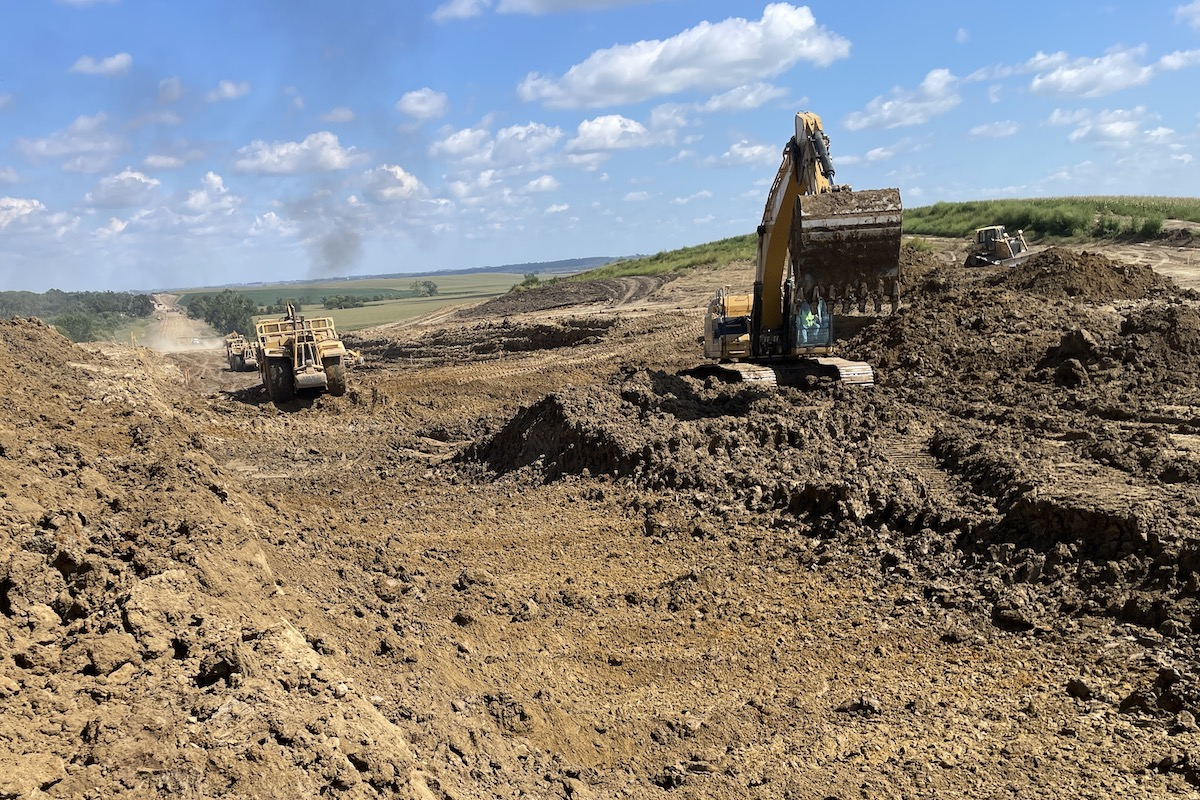Cities across America have put their quarters into a depressing viewfinder as vacant retail storefronts stretch across our commercial high streets like a silent game of blame.
The culprits may seem obvious at first, depending on who’s pointing the finger. Some blame Amazon’s relentless march, arguing that online shopping has “Netflixed” physical retail like how the streaming giant ousted Blockbuster. A 2024 Slate report offers a different indictment: cities have overzoned for retail, treating ground-floor shopfronts as a sacred edict from Jane Jacobs herself. Others shrug and say commercial rents – sky-high and notoriously stubborn, can’t keep up with a consumer base that’s moved on, leaving too few businesses to fill the void. But these narratives, compelling as they are diagnosed, dodge the quieter truth: the way we build and lease retail in U.S. cities has drifted far from how humans have spun commerce into existence for millennia: in small, scrappy, human-scaled spaces.
The spark of entrepreneurialism hasn’t flickered out; just look at thrift pop-ups or farmer’s markets that sprout across neighborhoods. My recent trip to Chicago’s Wicker Park showed legions of twentysomethings hawking vintage tees and 1990s vibes in DJ-curated pop-ups within left-behind big brand storefronts, a smiling reminder that the urge to craft, sell, and hustle is alive and well.
People haven’t stopped scheming to make a buck; they never have. History bears this out: informal work, whether it be a medieval weaver threading cloth beside her hearth or a street vendor peddling fish in Victorian alleys, has always been a lifeline, and premodern cities did not need design to let capitalism thrive in tight, organic pockets. So why are we stuck with a retail landscape that resembles the barren mis en scéne of Mad Max?
The question isn’t whether demand for goods has dried up (it has not), but whether the hulking retail shells that we keep building still match the pulse of local economies (they do not). Our current typologies, assimilated to the Fordlandian mid-20th-century dream of drive-thrus and corporate anchor stores, feel like relics of a bygone sitcom era. Take the standalone big-box behemoths of yesteryear, their rents pegged to a time when driving to the fluorescent-lit Circuit City of consumption made sense. Or consider the denigrated mixed-use Texas Doughnut – an urban planner’s olive branch to density. These are examples of ground-floor retail getting mandated by reflexive form-based codes, only to end up as 5,000-square-foot mausoleums, empty and tax-deductible, while architects and property management landlords trade shrugs. We are left with facsimiles of place because our planning and regulatory process is inherently top-down.

| Your local Komatsu America Corp dealer |
|---|
| Linder Industrial Machinery |
These are not just design flaws; they are betrayals of what urbanism does best: weaving the hustle into the minutiae of daily life. And our regulatory environment prevents individuals from doing what they’ve always done: creating wealth for themselves and others.
What we’re missing is hyperlocality: intimate, adaptable ecosystems where trade and community feed each other. Today’s vacancy crisis isn’t a death knell as much a wake-up call. The way we build retail is not tenable, nor is it flexible enough for the entrepreneurship necessary for emergent, locally-serving economies. Nor is the vacancy designed for a Starbucks that never signed a lease. Small scale, incremental, hyperlocal retail rooted in that past could be the fix if we’re willing to rethink the rules and let our streets shop and people build like they used to. This concept isn’t as immediately intuitive as the "missing middle" housing idea, where the market was clearly failing to provide options between single-family homes and large apartment buildings, yet it shares a similar rhythm in exposing a gap. For retail, though, the issue isn’t just about filling a "middle" tier. It’s about reimagining the entire spectrum, creating new, accessible forms of commercial space that break free from the current binary of informal, scrappy setups and polished corporate giants. We need a gradient of retail opportunities—affordable, entry-level spaces that support everything from the street vendor’s hustle to the small entrepreneur’s vision, all the way up to the corporate players. This would mean designing and allowing flexible, scalable options that lower barriers to entry while still accommodating growth, blending adaptability with practical solutions for the U.S.’s regulatory and spatial realities. It’s not just a missing piece—it’s a call for a whole new palette of possibilities.
So, let’s talk microretail.
Retail is caught in a paradox: never has it been more coveted, yet never has it seemed less in demand. A 2024 study by real estate consultancy Cushman & Wakefield reveals that over 70% of people prioritize proximity to retail when picking a neighborhood. However, in cities like New York, more than 14% of retail storefronts are estimated to sit empty, a figure echoed by the vacant windows I see stacking up in my own Indianapolis neighborhood. But when we zoom out nationally, the retail vacancy rate holds less than 6%, per recent industry estimates. So, what gives?
The answer lies in where we’re building – and why. New commercial spaces are sprouting up in car-dependent exurban sprawl sites disconnected from real communities or begrudgingly shoehorned into urban ground-zeros to satisfy zoning mandates. Exurbs cater to drive-thrus, not density. Urban spots are developer concessions, not market wins. And it’s these urban spaces forced smack in the middle of bustling, need-rich areas that we can’t seem to fill. But this is not simply because of oversteps by the planning staff trying to bring first floor vitality.

| Your local Trimble Construction Division dealer |
|---|
| SITECH Mid-South |
Opening a business today is a slog – physically, financially, existentially. And the way we allow new retail doesn’t exactly roll out the welcome mat. Retail’s modern forms are too oversized, overpriced, and marooned to be palatable to play host for a wide range of entrepreneurs. Building codes mandate things like restrooms for every business, no matter how small. In some cases, as I saw recently in a local project here in Indianapolis, requiring several customer water fountains for a taco shop that is less than 3,000 SF. Codes like these make it brutally tough for anyone to start small, where it’s cheapest and smartest to break in.
I propose a paradigm shift from today’s distant, corporate, macro retail to the emergent, local, contextual markets that we built for thousands of years before the advent of the automobile.
It is important to note that most large retailers and brands with physical footprints in the United States do not cling to first floor mixed-use developments as planners would prefer, mostly because this strategy fails to provide what makes their business model thrive: cheap land, drive-thrus, low rent, and auto-dependent centers of high incomes (read: wealthy suburbs). So why are we planning for them instead of the people who build neighborhoods – the people who live in them?
The retail landscape you’re most familiar with in the United States – large McDonalds signs outside strip malls with cavernous setbacks – has drifted far from the building strategies that helped commerce bubble up across history: organic, incremental, and locally cogent. Rewind a few decades and you’ll spot six models of physical shops that cities have run on – freestanding, embedded, mixed-use, agglomerative, interstitial, and itinerant..
These forms held strong in the U.S. until the 20th century, high on automotive autonomy, the zeal of modernism, and Euclidean zoning that strictly separated by use, swerved in and Frankensteined them into one corporate beast – less tethered to neighborhood needs, more to big money whims and private-equity gloss. These old setups were not fossils; they flexed with the social and spatial needs of their day, giving us a lens to probe why today’s rules cut off the communal urban buzz we once imbibed.

| Your local Bomag Americas dealer |
|---|
| Linder Industrial Machinery |
I’ve tried my best to combine these forms. By no means is this an exhaustive list, but each one of these forms has responded to scalar relationships that sustained local economic networks. My six tiers of retail taxonomy by barrier to entry:
Freestanding: Think standalone units such as vendor carts, food trucks, and single storefronts. The freestanding modality prioritizes autonomy and minimal infrastructural dependency, often thriving in nascent or peripheral urban zones. The freestanding model is the lowest-hanging fruit to grow a business, and it still thrives across many parts of the country world today, especially in informal economies. But freestanding development is increasingly costly in the regulatory environment of the United States. Building a physical freestanding store typically requires land zoned for commercial use, often located away from residential neighborhoods. However, parking requirements significantly increase the amount of land needed beyond the store's footprint. Depending on local regulations, setback and access rules can mean that a 1,000-square-foot storefront might require over 30 times its square footage in total land. This forces entrepreneurs to pay substantial upfront costs for excess land, while also multiplying hard and soft costs due to paving, drainage, and open space mandates. To avoid these large initial expenses, many opt for informal alternatives to start their businesses. Some turn to street vending, while others operate from trucks. Nevertheless, these options still present significant challenges and are far from easy paths to launching a business. For instance, the startup cost to open a food truck runs upward of $100,000. Then, there exist the regulatory burdens of where, when, and how you can place, or park, your business. Even street vendors like the local hot dog man face regulatory burdens. In New York City, a general crackdown on the informal economy and vendor permitting has created a black market of vendor licenses, meaning the go-getters who already cannot afford a physical storefront now cannot legally vend, either. Not both ends of the freestanding retail typology are treated the same. Outside cities, freestanding drive-thru fast food joints dominate our highway landscapes, a phenomenon which James Howard Kunstler famously termed our “geography of nowhere”. This spectrum of freestanding development has made it tougher for independent, hyperlocal businesses to succeed, while car-catering, brand-backed businesses are propped up. In places like Japan and other Asian countries that eschew onerous parking and open space requirements, freestanding microretail stalls thrive. The 2002 book Pet Architecture Guide Book by Atelier Bow-Wow explores this phenomenon, documenting tiny, quirky structures wedged into urban nooks. These 'pet architectures' reflect a flexibility and density that stand in stark opposition to the sprawling, car-dependent model of U.S. retail, offering a glimpse of how policy and design can nurture local entrepreneurship rather than stifle it.Why?
Embedded: Embedded forms fuse residential and commercial spheres, as evidenced by Indigenous North American wampum production or medieval European guild workshops, where artisans crafted and sold goods within domestic environments. This typology blurs boundaries between labor, living, and leisure. Embedded retail offers the second-lowest barrier of entry because it allows retail where it is cheapest to operate: the home. This model is endemic within legacy cities, particular in locales within the Rust Belt. Take a stroll through Rochester’s 19th Ward or South Wedge, for instance – neighborhoods where pre-zoning houses still sport faded hints of live-work shops, grandfathered relics from when a barber or grocer could operate out front. Posts on X have spotted these classics: a funky storefront jutting off a cottage home, repurposed as a salon or café or resale shop. Nowadays, however, putting a shop within your front yard is illegal, either by zoning or building code. Even if perhaps permissible by land use regulations, the certificate of occupancy contingent on updating the property to commercial standards and sprinklering becomes simply too expensive for most. Then there are additional parking requirements for the commercial business. And ADA compliance measures. The list goes on.
Mixed-use: Typically, mixed-use arrangements embed retail within larger architectural ensembles (vertically stratified in Roman insulae or horizontally zoned in urban districts), maintaining proximity to residential life while scaling just beyond the household. Back in the day, Roman insulae provided small areas in front of housing units so residents could sell their wares or food while also allowing residents to watch their children, meaning a source of employment wasn’t detached from their parental duties. In an age where daycare costs can be equivalent to a second monthly mortgage payment, this model seems unthinkable. As the United States and other industrialized nations suffer from long-term declines in birth rates, it makes sense to encourage child rearing through our environmental design and regulations. If a parent could theoretically open a small shop or micro-manufacturing business within their front yard or garage, suddenly, finding daycare doesn’t need to be as pressing. Our land uses once encouraged familial and neighborly bonds that made children rearing easier — that is, before zoning and regulations barred mixing of uses within residential neighborhoods. But large scale reproductive trends aside, as this example suggests, allowing retail nearer to or inside the home allows more schedule flexibility and thus, perhaps more successful startup businesses.

| Your local Topcon Positioning Systems Inc dealer |
|---|
| Linder Industrial Machinery |
I see this at my gym all the time. Because the gym owner has opened her facility in a residential neighborhood (a former garage actually!), this allows neighbors to walk over with their babies and toddlers, while getting their treadmill miles in. Most folks know each other, and the owner is usually always there. If we accept the adage, “it takes a village to raise a child” as true, then we have to figure out how to encourage the village to, well, be a village. Our strict separation of making, selling, and enjoying goods or services means we spend less time with our kids, more time driving, and enjoying less of our neighbors. There’s no there, there.
Agglomerative: Agglomerative arrangements cluster small vendors into collective retail ecologies, such as bazaars, farmers’ markets, or proto-malls, leveraging spatial density to amplify economic and social exchange. In downtown Ithaca, NY, DeWitt Mall flipped an old school into a hive of microretail: boutique shops, a co-op grocer, cafes where the cafeteria once fed kids. It’s Japan’s zakkyo buildings in spirit—small, stacked, and dynamic—something I’ve rambled about before. Here in Indianapolis, Factory Arts District, a former industrial complex has been retrofitted into an urban “mall” of sorts, with an ongoing renovation creating micro retail stalls around an indoor bike and pedestrian pathway connecting to the city’s Cultural Trail. Locally owned boutiques, a bike shop, a yogi studio, and a flag store (yes, flags) are some of the early adopters. Stalls are small (+/- 1,000 s.f.) and cater to locals, for locals. These are the quirky, odd, and fun businesses that entrepreneurs can take risks on when the space is small, cheap, and entry-level. We talk a lot about affordable housing in this country, but why not affordable, entry-level retail? And why do our current agglomerative forms instead take the shape of a strip mall (not inherently bad) instead of, instead, a single 5,000 SF stall broken into several baby ones, offering individuals the opportunity to rent 300 SF at a time? Cincinnati’s Findlay Market is a notable example of an emergent place that can be shaped by an agglomerative retail economy. We’re seeing a food hall trend starting to take off, but before we rush to make everywhere a test kitchen, we should ask if the rents, sizes, and conditions are ripe for entry-level folks. But why do our agglomerative forms take the shape of a strip mall (not inherently bad) instead of a single 5,000 SF stall broken into several smaller ones, offering individuals the opportunity to rent 300 SF at a time?
To these physical models, I might add the more abstract interstitial model, wherein retail occupies liminal urban spaces—alleys, stoops, or undercrofts—as seen in 19th-century hawker stalls in Victorian London or informal markets in colonial Lagos, exploiting residual geographies for hyperlocal trade. The itinerant model, meanwhile, captures mobile commerce—peddlers, caravan traders, or seasonal fair vendors—whose transient presence stitched together dispersed communities, evident in Silk Road exchanges or precolonial West African circuits. These are more abstract in nature, but not necessarily less accessible for entry level retailers, perhaps even more so, but retail taxonomies that emerge after conditions are suited for them. Like a flock of birds that come together, these forms emerge as density and need arise. The organization of vendor market pop-ups, for example, takes advantage of an existing retail economy, although dispersed.
These six typologies, though not exhaustive, underscore a historical retail landscape defined by modest scale, adaptability, and embeddedness within social fabrics. Read: proximity to people. And throughout history, they’ve all thrived at small scales, allowing individuals to empower themselves through commerce. This typically meant a low barrier of entry.

| Your local Volvo Construction Equipment dealer |
|---|
| Richmond Machinery & Equipment |
Today, retailers don’t have the same luck.
As our modern land use patterns formed, our shopping patterns were built around the car to be distant, maximum-sized, and nonlocal offerings. Less localized capital lending providers rewarded less risky tenants. Later inventions such as the Gruen shopping mall used the agglomerative model by combining several stalls into a modern “Main Street” – separated from where people lived and worked. Architectural critic Alexandra Lange writes beautifully in depth about this in Meet Me at theby the Fountain, but the lineage of the modern shopping center wraps itself from desert oases to medieval markets to Victorian arcades to shopping malls. The idea is that over time, shopping became an experience in itself for itself by itself, unattached to local contexts, residents, and markets. This was something inherently macro-scale and dialed in by real estate interests, large brands, and general consumer spending habits — hardly anything resembling the hyperlocal markets of medieval villages or the family-friendly Roman insulae.
When retail is built for everyone, it’s built for no one. Like antagonist Syndrome in The Incredibles sneereed, “When everyone’s super, no one will be.” Every place has become Anywhere, USA, a graywashed HGTV rerun of sameness, just minus the open floor plan. I could (and would) wax far more poetic on my observations of a hyper-consumptive postmodernist culture and its myopic insistence on protecting ourselves from what we want, but that’s not the larger point. My pointed critique here is that our land use decisions have abandoned the intrinsic forms of shopping that permeated most of human history: small, embedded retailers. The micro has been replaced by the macro.
Philosophically, our retail settings lack place because they don’t meet local needs. We build them too big; resembling Frankenstein conglomerates of agglomerative and mixed-use forms on steroids. Our planning and development patterns insist on whole floor-sized stalls. Our capital lenders only provide loans to established players. Our building codes require bathrooms for each physical store. The result is a glut of oversized, overpriced spaces located far away from folks that have daily needs for any service or goods being sold. Of course storefronts are sitting vacant.
This is not to say locals, creators, and firms in individual markets have stopped creating. It’s just harder for them to rent space and sell their products when land use and macroeconomic shopping trends support an ecosystem for massive retail stalls backed by large brands, not mom-and-pop stores. It’s also become harder now that zoning and municipal codes don’t permit businesses to be embedded within neighborhoods (as they once were), nor do they provide affordable, smaller-sized spaces for upstart entrepreneurs to rent. This fosters a prohibitive petri dish for small business owners, one that essentially says if you’re not a large brand that can afford to pay $26 36 per square foot for rent every month or a massive risktaker willing to go into bankruptcy, you’re out of luck for starting a physical retail business where people may need one.

| Your local Wirtgen America dealer |
|---|
| Dobbs Equipment (SC) |
What if we flipped the script? What if we shrank the scale and let commerce creep back into the blocks where people live? Imagine a garage morphing into a Tokyo Golden Gai–style coffee nook, or that pointless front setback hosting a “flexidential” studio where your spouse peddles homemade soaps. History says it’s not crazy; it’s how we used to roll (or bake, if that’s your thing). Maybe the critics are correct, and the fix isn’t more 3,000 SF stalls for Chipotles or Starbucks. What if our codes allowed easier conversions of living or garage space into adaptable co-working spaces that could be rented? What if a tiny stall could share restrooms with another nearby business to avoid the hefty cost of installing its own to appease compliance? What if it became easier to sell goods on the street without excessive permitting? What if developers took those large 5,000 SF ground floor stalls and instead made several units, less than 1,000 SF each?
Maybe the answer is moving our civic viewfinder to the hyperlocal taxonomies of commerce past, ones that encouraged emergent makers, shakers, creators, and doers – the types of retail our cities thrived on for millennia. If so, we must consider how we can provide more options (and less barriers) to retail entrepreneurs. You don’t have to squint to see microretail as part of the solution.











